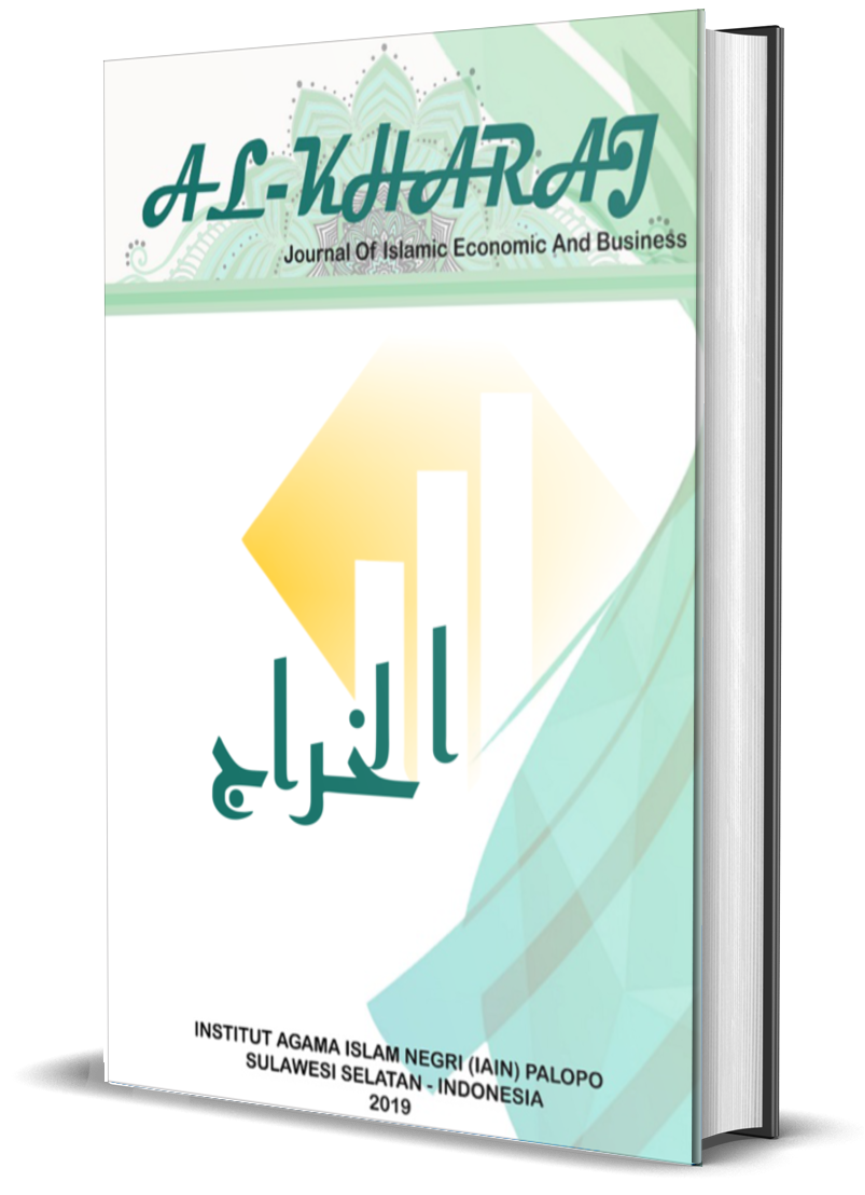Implications Of The Unified Theory Of Acceptance And Use Of Technology 2 (Utaut2) Model On Cryptocurrency Investment Intentions Among Generation Z In Jayapura City With Financial Literacy As A Moderator
DOI:
https://doi.org/10.24256/kharaj.v7i4.8238Keywords:
UTAUT2, financial literacy, investment intention, cryptocurrency, Generation ZAbstract
This study aims to analyze the effect of the Unified Theory of Acceptance and Use of Technology 2 (UTAUT2) construct on the intention to invest in cryptocurrency among Generation Z in Jayapura City, with financial literacy as a moderating variable. This study uses a quantitative approach with an explanatory method. Data were obtained from 210 respondents aged 18–30 years through probability sampling techniques. Data analysis was performed using Structural Equation Modelling–Partial Least Squares (SEM–PLS) with the assistance of SmartPLS 4.0 software. The results showed that of the eight variables tested, only financial literacy had a positive and significant effect on cryptocurrency investment intentions. Meanwhile, the seven primary constructs of UTAUT2—performance expectancy, effort expectancy, social influence, facilitating conditions, hedonic motivation, price value, and habit—had no significant effect. In addition, financial literacy was found to act as a moderating variable that strengthens the influence of hedonic motivation and weakens the influence of facilitating conditions on investment intentions. These findings indicate that Generation Z's investment decisions in Jayapura are more influenced by their level of financial knowledge and readiness than by technological readiness. Theoretically, this study expands the UTAUT2 model by adding financial literacy as a relevant contextual variable in explaining digital investment behaviour in developing regions. Practically, the results of this study emphasise the importance of strengthening digital financial literacy programs for young investors, developing educational content on investment platforms, and integrating digital financial literacy into college curricula to encourage rational and sustainable investment behaviour.
References
Abbasi, G. A., Kumar, V., Mumtaz, J., Ul Haq, M. A., & Hussain, K. (2020). How hedonic and utilitarian motivations influence online repurchase intentions: An empirical analysis. Journal of Retailing and Consumer Services, 52, 101936. https://doi.org/10.1016/j.jretconser.2019.101936
Alalwan, A. A. (2017). Mobile banking adoption: An empirical examination of the unified theory of acceptance and use of technology model. International Journal of Information Management, 37 (4), 150–161. https://doi.org/10.1016/j.ijinfomgt.2017.01.002
Ali, M., & Nasuha, H. (2023). The influence of financial literacy on investment intentions. Journal of Economics and Finance, 7(2), 45–56.
Gunawan, I., Putri, E. S., & Nadlifatin, R. (2022). The influence of facilitating conditions on interest in using technology. Journal of Business Information Systems, 12(1), 55–67.
Hair, J. F., Hult, G. T. M., Ringle, C. M., & Sarstedt, M. (2019). A primer on partial least squares structural equation modelling (PLS-SEM) (2nd ed.). Sage Publications.
Huston, S. J. (2010). Measuring financial literacy. Journal of Consumer Affairs, 44 (2), 296–316. https://doi.org/10.1111/j.1745-6606.2010.01170.x
Keuangan, O. J. (2024). Cryptocurrency is a decentralised network that utilises blockchain technology as a public financial transaction database system, as stated in the OJK Report 2024.
Komoditi, B. P. P. B. (2024). Report on the development of the Indonesian cryptocurrency market. Bappebti.
Ladia, L. (2024). Factors in the UTAUT2 model that influence the intention to invest in cryptocurrency. Journal of Financial Technology, 6(1), 77–91.
Venkatesh, V., Thong, J. Y. L., & Xu, X. (2012). Consumer acceptance and use of information technology: Extending the unified theory of acceptance and use of technology. MIS Quarterly, 36 (1), 157–178. https://doi.org/10.2307/41410412
Xiao, J. J. (2016). Financial literacy and financial behaviour: A review of past research. Financial Planning Review, 9 (1), 1–17. https://doi.org/10.1002/cfp2.1001
Downloads
Published
How to Cite
Issue
Section
Citation Check
License
Copyright (c) 2025 Isma Shalihi Ahlia, Musa Kris Payokwa, Aprianto La'lang Kuddy, Fanny Kristin Tantyah Sitompul, Iriando Wijaya

This work is licensed under a Creative Commons Attribution-ShareAlike 4.0 International License.
Authors retain copyright and grant the journal right of first publication with the work simultaneously licensed under a Creative Commons Attribution-ShareAlike 4.0 International License. In line with the license, authors are allowed to share and adapt the material. In addition, the material must be given appropriate credit, provided with a link to the license, and indicated if changes were made. If authors remix, transform or build upon the material, authors must distribute their contributions under the same license as the original.









